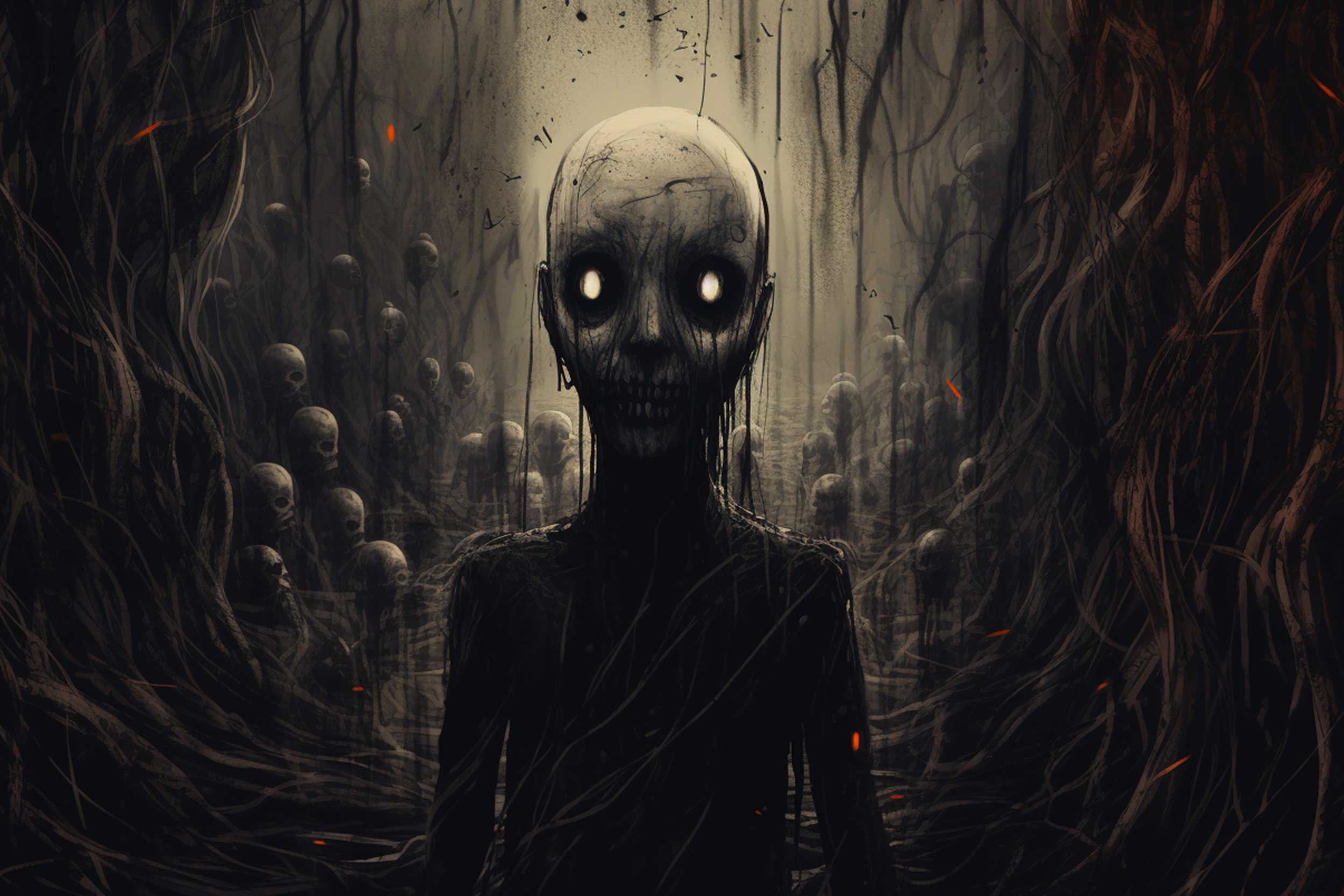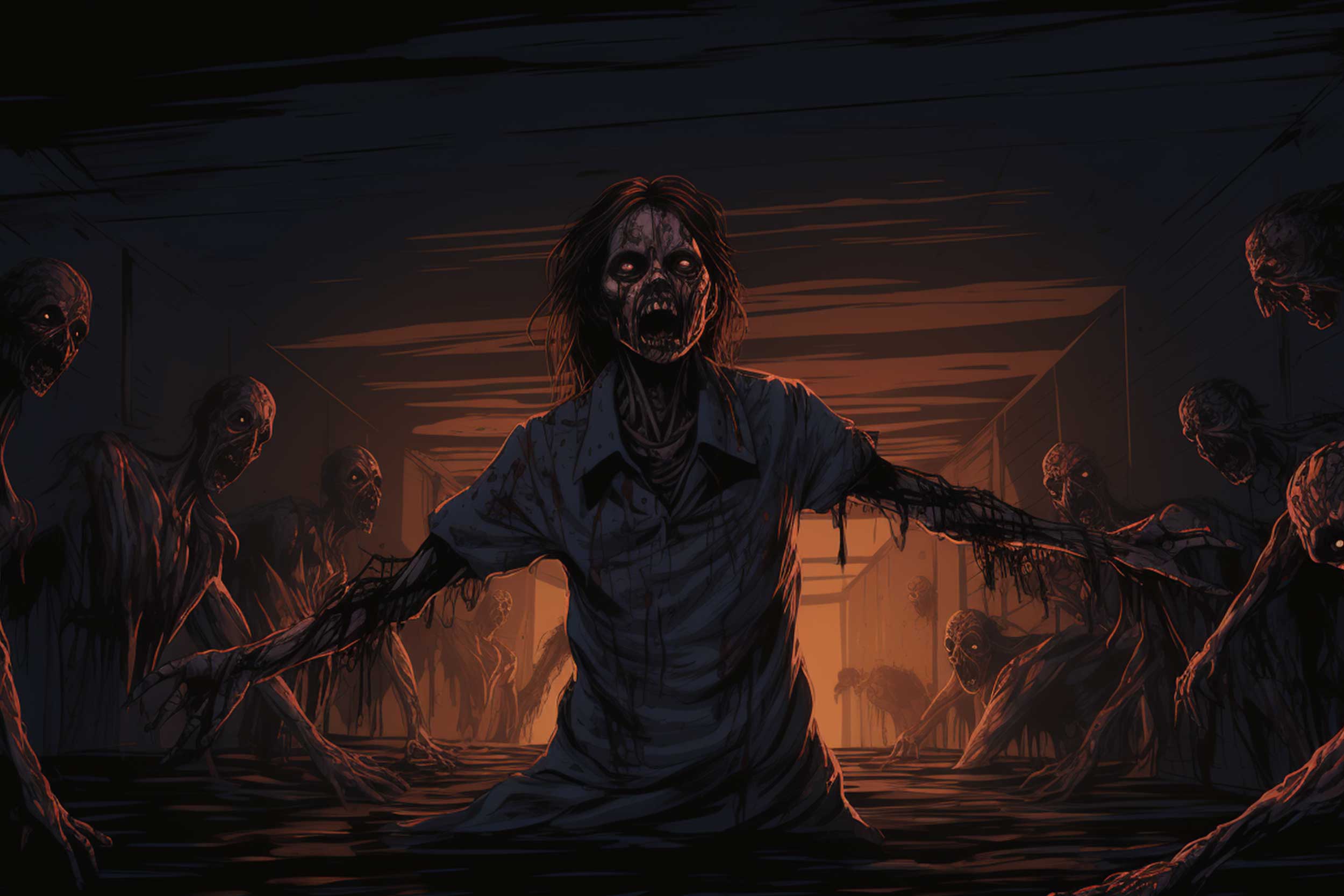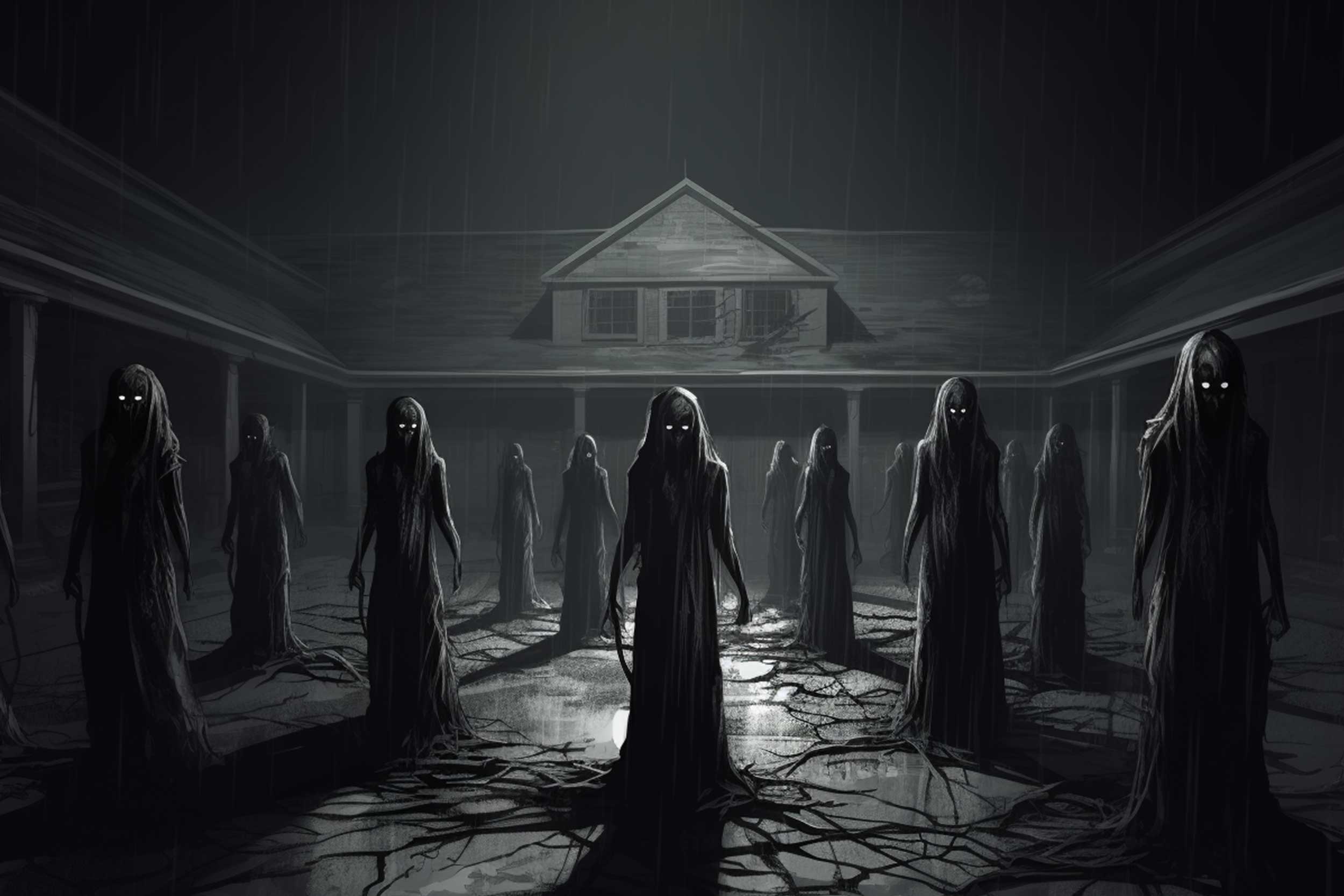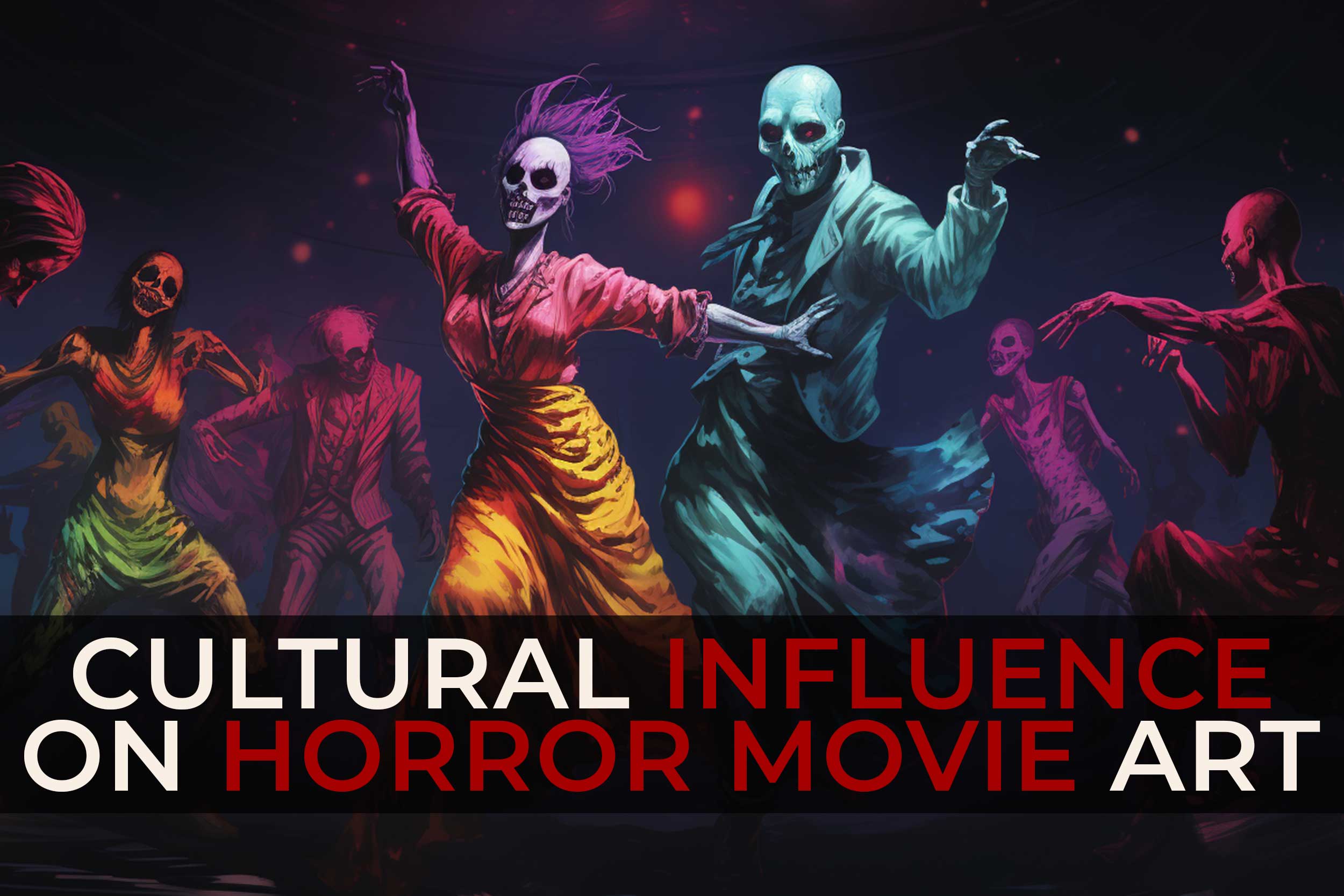Disclosure: This post may contain affiliate links, which means I’ll receive a commission if you decide to make a purchase through my link, at no extra cost to you. Please read the full disclosure for more info.
This post is all about a comparative analysis of horror movie art influenced by International posters. Horror movies have a universal appeal, but the way they are promoted and visually represented can vary significantly from one country to another. This topic dives into the fascinating world of horror movie artwork and explores how cultural influences impact the design and content of international posters.
Table of Contents
Throughout the ages, different societies have embraced distinct fears, beliefs, and legends, shaping their unique interpretations of horror movie art. In this investigation, we shed light on how cultural contexts influence the themes and artistic choices encapsulated within the posters. From the symbolism and iconography that resonate with specific cultural narratives to the carefully curated color palettes that evoke emotion, each element plays a pivotal role in captivating audiences worldwide. Delving deeper, we examine how the artistic traditions of horror movie artwork intertwine with modern innovations, giving rise to evocative and culturally relevant poster designs. Moreover, the influence of cultural taboos and censorship on the portrayal of violence, gore, and sexuality becomes apparent, showcasing the delicate balance between artistic expression and societal norms.
Drawing upon many examples, we showcase horror movie posters from diverse corners of the globe, unveiling the intricacies that make each horror movie art a reflection of its cultural heritage. As we jump on this enlightening journey, we unravel the secrets behind the universal appeal of horror movies while embracing the rich diversity that breathes life into the genre’s visual artistry.

Cultural Influence On Horror Movie Art
Cultural Context Of Horror Movie Art and Their Themes
The perception and interpretation of horror themes are deeply rooted in cultural contexts. Certain cultures may have specific supernatural beliefs, mythological creatures, or historical events that inform their portrayal of terror. By examining local folklore, legends, and traditional ghost stories, we can unravel how these cultural elements intertwine with horror movie art, imbuing it with layers of meaning and significance that resonate with specific audiences.
Symbolism and Iconography Of Horror Movie Art
Symbols and iconography are powerful storytelling tools in horror movie art, reflecting cultural fears and beliefs. From ancient mythological creatures to modern-day urban legends, we analyze how different cultures utilize these symbols to evoke fear and intrigue. For example, a vampire might symbolize seduction and eternal life in one culture, while a malevolent spirit might represent unresolved traumas in another. By understanding these visual cues, we gain profound insights into the collective consciousness of societies and how they embrace and interpret horror movie artwork through their unique cultural lens.

Color Palette and Aesthetics Of Horror Movie Art
Colors have a profound impact on human emotions, and horror movie art is no exception. Vibrant and contrasting hues may symbolize life and death, passion and terror, or the battle between good and evil in one culture, while darker, desaturated tones may evoke mysticism, dread, and the unknown in another. The color choices in horror movie posters are carefully crafted to set the mood and intensify the viewer’s emotional experience. By exploring the cultural preferences and symbolism associated with different colors, we gain a deeper appreciation for how artistry combines with cultural values to enhance the chilling impact of these visual masterpieces.
Other Posts You May Like:
Cultural Taboos And Censorship Of Horror Movie Art
Cultural taboos and censorship heavily influence the content and artwork of horror movie posters in different countries. Some countries have stringent censorship regulations that require modifications to violent or explicit imagery to comply with local standards. As a result, horror movie artwork in these regions may employ subtler imagery or metaphors to convey the horror’s essence without crossing the boundaries of acceptability. Conversely, countries with fewer restrictions might use more graphic and intense visuals to provoke fear and controversy, pushing the boundaries of artistic expression.
Understanding these cultural nuances reveals how horror movie art adapts to diverse societal norms, ensuring it remains relevant and impactful within specific cultural milieus while preserving the essence of fear and intrigue that transcends borders.

Artistic Traditions and Techniques Of Horror Movie Art
Artistic traditions and techniques unique to each culture play a pivotal role in shaping the visual language of horror movie posters. For instance, traditional Japanese art styles like ukiyo-e may influence the composition and design of Japanese horror movie posters, infusing them with a timeless aesthetic. In contrast, modern digital techniques may dominate the design process in Western cultures, creating dynamic and visually arresting posters. By examining these artistic influences, we gain valuable insights into how creativity blends with cultural heritage to produce captivating and culturally resonant horror movie art.
Moreover, as the horror genre evolves, new artistic techniques emerge, often influenced by contemporary tastes and the demands of modern audiences. Whether inspired by local folk art, avant-garde movements, or the latest digital advancements, horror movie artwork serve as a canvas for artists to explore cultural boundaries and experiment with techniques that captivate and terrify audiences worldwide.
Case Studies and Examples Of Horror Movie Art
Compelling case studies and examples from diverse corners of the globe enrich our understanding of cultural influences on horror movie art. From Hollywood blockbusters to international cult classics, each poster serves as a window into the fears, beliefs, and artistic expressions of diverse cultures. For instance, Japanese horror movie posters may rely on intricate calligraphy and minimalist design to evoke a sense of atmospheric terror, while South Korean posters may emphasize dark and moody photography to create a sense of psychological horror. On the other hand, posters from European countries may embrace a gothic aesthetic, channeling the region’s rich history of folklore and supernatural storytelling.
These case studies allow us to observe how each culture infuses its own essence into horror movie art, making it a unique and culturally reflective experience for its audiences. By exploring these examples, we not only appreciate the diversity within the horror genre but also gain insights into the universal elements of fear and fascination that connect humanity across borders.






